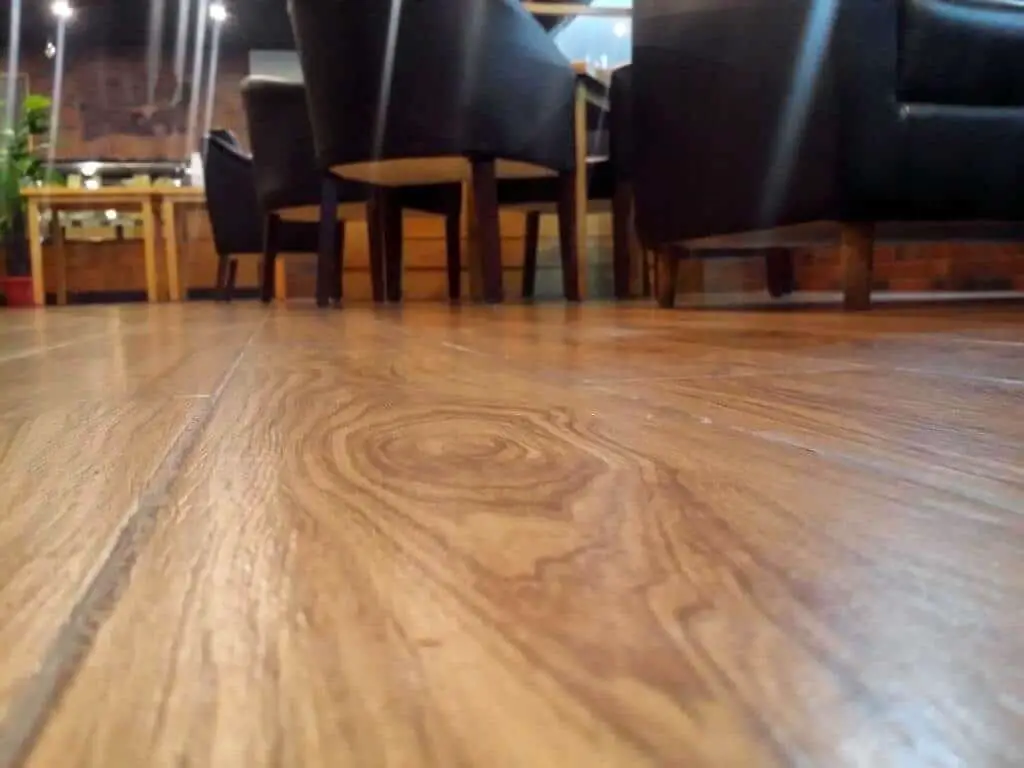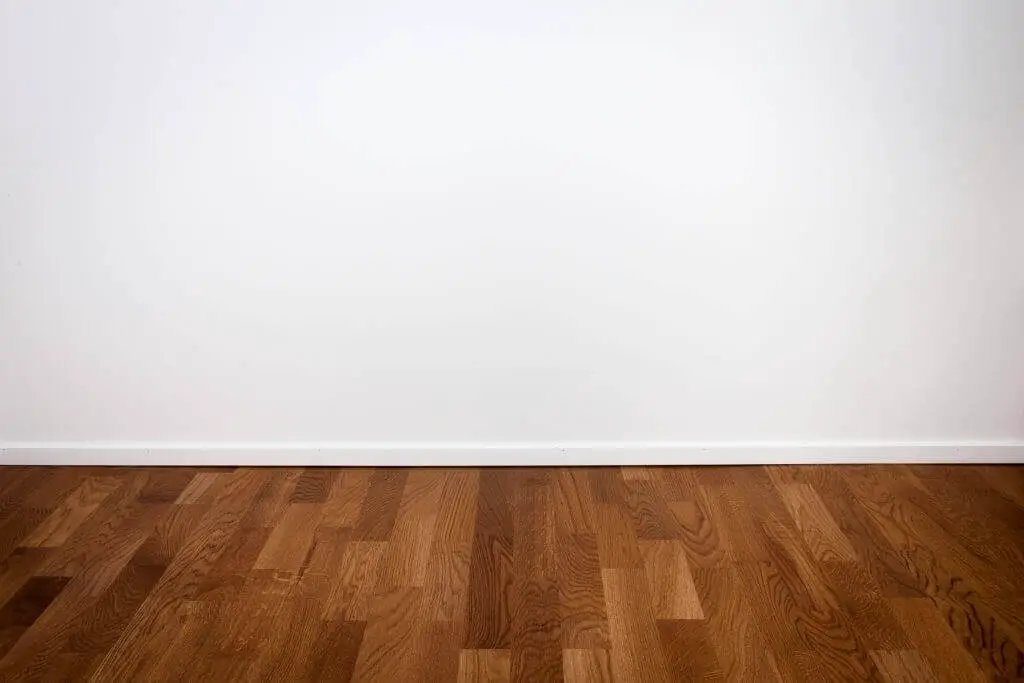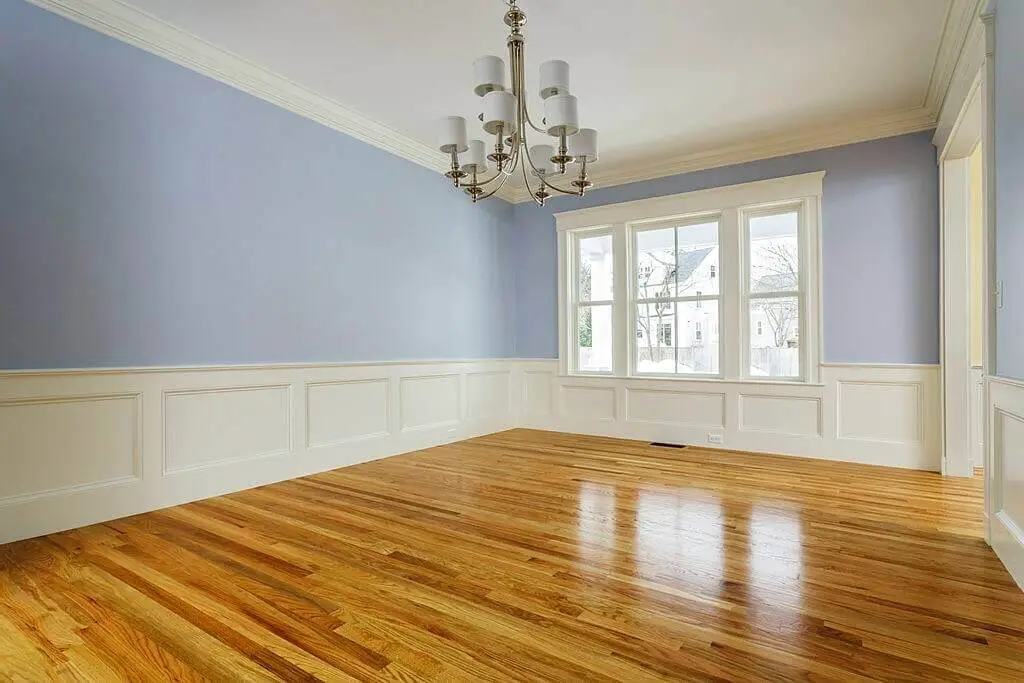Durability isn’t easily defined. It can be defined as resistance to moisture, dents, or scratches or it can mean longevity. Wood floor durability greatly depends on type, species, finish, and manufacturing process.
Most wood flooring is durable and may be able to stand up to pets, children, and a particular amount of abuse, but based on application, there are differences between products.
Regardless of your taste in hardwood floors and how it matches your home. Its durability is a condition that must be put into priority.
It has lots of advantages which includes, saving you more money on the long run as opposed to spending money on repairs of a damaged wood floor.
Different Types of Hardwood Floor
Table of Contents
Laminate Flooring
Laminated wood flooring is the cheapest option, and the least durable. It gives something close to a hardwood floor look, but the wear layer is often a photographic image and you can’t sand it.
It’s easier to clean because of its uniform, flat surface and it’s more economical, but it won’t give you the resale value of solid or engineered wood.
Read: Best steam mop for laminate floors
Traditional Solid Wood
The low maintenance and longevity of solid wood place it at the top of the list for durability. Each piece of solid hardwood flooring is just a single piece of wood, typically cut with a tongue-and-groove profile.
This is the most expensive choice among wood floor options, it also provides the highest resale value for a home.
With choices ranging from domestic oak, maple, pine, cedar and fir to exotics like teak and marabou, the choices for pattern and color surpass those of other flooring options.
Solid wood flooring can be sanded and repaired over and over again, making it one of the most durable hardwood floor.
That reparable quality makes solid wood one of the best choices if you have pets or kids with toys that could damage the flooring.
Engineered Option
Engineered wood is more durable than other solid wood when considering moisture.
It resists moisture due to the way it’s made, with two or more layers of wood whose grain patterns run at right angles to every other, glued together under hydraulic pressure and then topped off with veneer.
Also referred to as a wear layer, the veneer can vary in thickness. Thinner with wear layers, about 1/8 inch, have limited durability, while thicker wear layers, 1/4 inch or more, have better longevity.
The thicker the layer, the more times you can sand and refinish the floor. Check with the manufacturer to work out the thickness of the wear and tear layer.
Most of these floors are engineered using the tongue and groove method.
You can install engineered wood flooring below-grade, like in places like the basement, where solid wood isn’t a decent choice due to moisture concerns.
The Janka Wood Hardness Scale
This Janka wood hardness scale ranks wood for density and is a reliable indicator of floor durability in regard to hardness and denting. The higher the rating, the more resistant the ground is to dents, scratches and wear.
There are a few ways to determine the hardness of your flooring. First off, look up the specie of your flood on the Janka wood hardness scale.
The Janka number varies for different hardwood floors. Cherry for example has a Janka rating of 995 while red oak has a Janka rating of 1300.
The Janka rating is the best way to determine how hard your flooring is. One thing to note, the higher the Janka ratings, the more durable your floor is. That said, a good finish is still required to seal the flooring from moisture.
What is the Most Durable Hardwood Floor
Let’s take a look at a few of the most durable hardwood floor wood species and their Janka ratings.
- Red oak as stated earlier is rated about 1300, this is usually considered a standard rating needed in a hardwood floor. If it goes any softer, and it won’t hold much.
Of course, that doesn’t mean you can’t go softer. Most people like a few dents on their floor as it gives out a distressed aesthetic look, it won’t reduce the floor’s life span.
Woods with an identical rating include American beech, Ash, Tasmanian, and oak. White Oak happens to be a really popular wood for flooring.
- Typical bamboo floors ranges from 900 – 1300 depending on how its made while a strand-woven composite can go as high as 3000 Janka rating. Quite close to Brazilian walnut which has a Janka rating of 3680.
It would be rather advisable to spend more to get a bamboo with a high Janka rating for durability coupled with a finish that will make it last even longer.
- Zebrawood, an African hardwood with quite a distinctive grain – people either love it or hate it, and it rarely gets stained too much because the owner wants to look at it – is rated about 1575: Hardy and wonderful to look at.
- Maple floors such as hard maple and sugar maple have ratings of 1450 which is quite higher than red oak of course.
- Domestic walnut being on the mid-range has a Janka rating of about 1000
- Hickory is very hard and stronger than most bamboo flooring. At 1820 Janka rating, this floor can serve for decades.
- Pine has a Janka rating of 620 to 900, making it softer than most hardwood floors. For durability, the floor needs to be polished.
Hardwood Floor Finishing
Wood floor finishing makes all the difference when it comes to avoiding scratches and dents and making every hardwood floor more durable.
Two types of floor finishes are typical of hardwood. Traditional oil-based polyurethane is flexible, capable of standing up to normal wood movement, and providing a warm glow to wood floors.
Acrylic urethane
This is tougher and less elastic, often referred to as a water-based finish. Using urethane makes the resin stronger and more resistant to damages, but water-based urethane does not have the solvent resistance and heat sensitivity of oil-based products.
Urethane(water-based)
This finish dries clear and is generally favored for its ease of use and cost-friendliness. It’s not the least durable finish, but it also isn’t winning any awards for longevity.
Urethane (oil-based)
These finishes give a high-gloss shine and are among the most common in the industry.
Their combination of great looks and high durability make them a great choice for homes with children or pets.
The main concern is that these finishes have harmful fumes and are flammable.
It’s worth getting a hotel room and letting the house air out for a day after applying, but since the finish is so durable you’ll be able to go years between coats.
Lacquer
If you just want it over and done with, lacquer is your best bet. It sprays on and dries fast, but be warned that it’s durability is suspect and you’ll have to make sure to ventilate thanks to harmful fumes.
Shellac
Shellac has long been a favorite of the woodworking industry due to its natural shine and low cost. The main downside with shellac is a tendency to wear off quickly, requiring more frequent applications than other finishes.
Conclusion
Factor in design fit, longevity, cost, and ease of installation when making a hardwood flooring decision, as they are what makes up the most durable floor individually.
But it has been said that the most durable floors are hardwoods with a urethane finish and the best floor wood is red oak. Do you have or know any hardwood floor nightmare or success stories?


